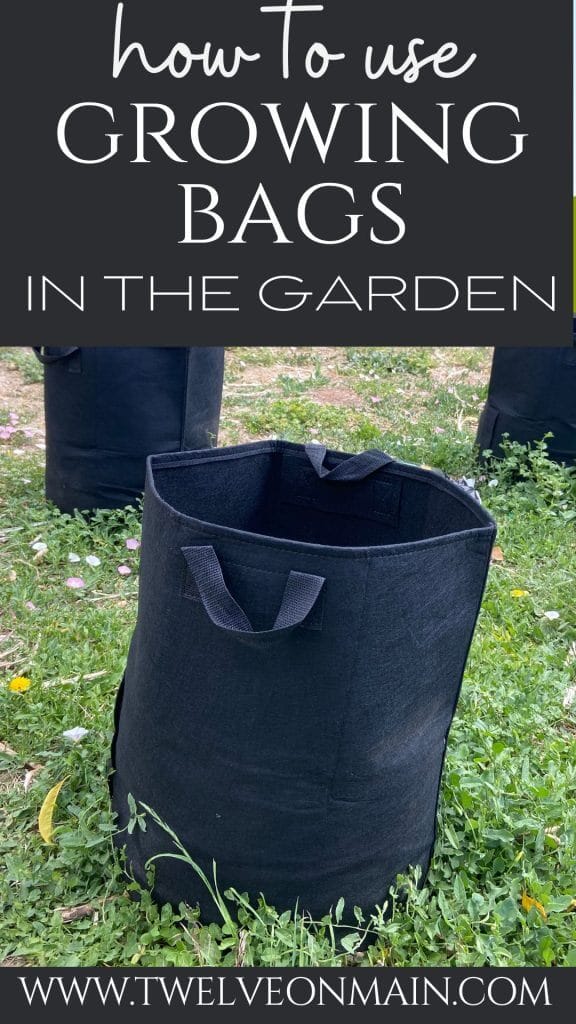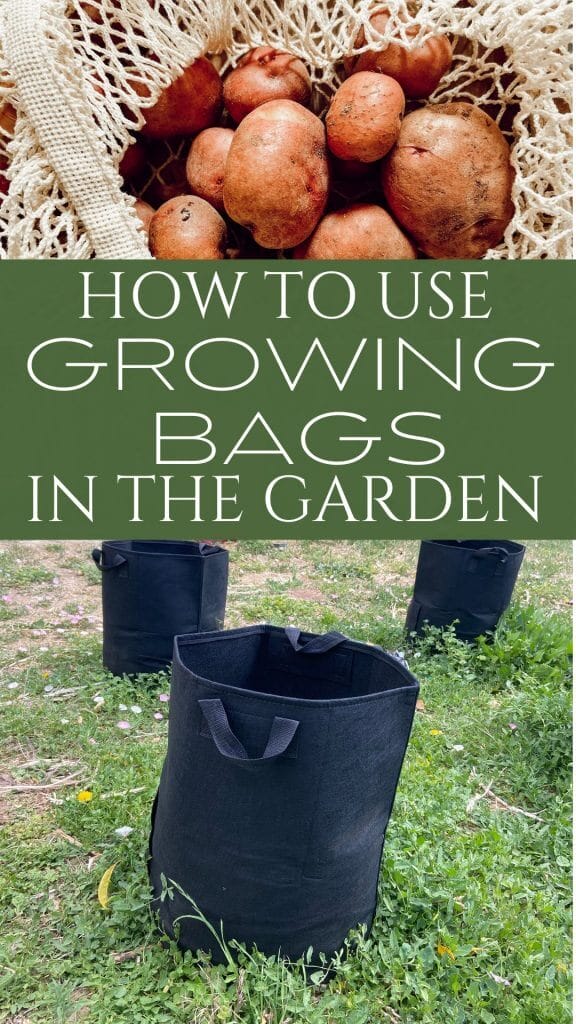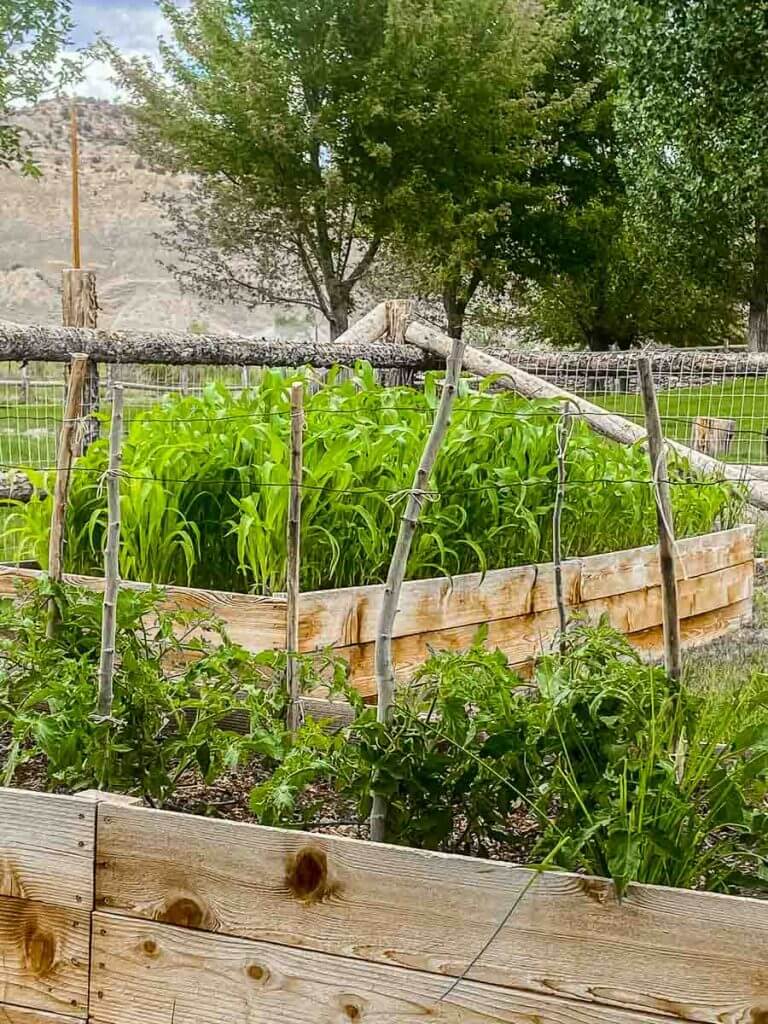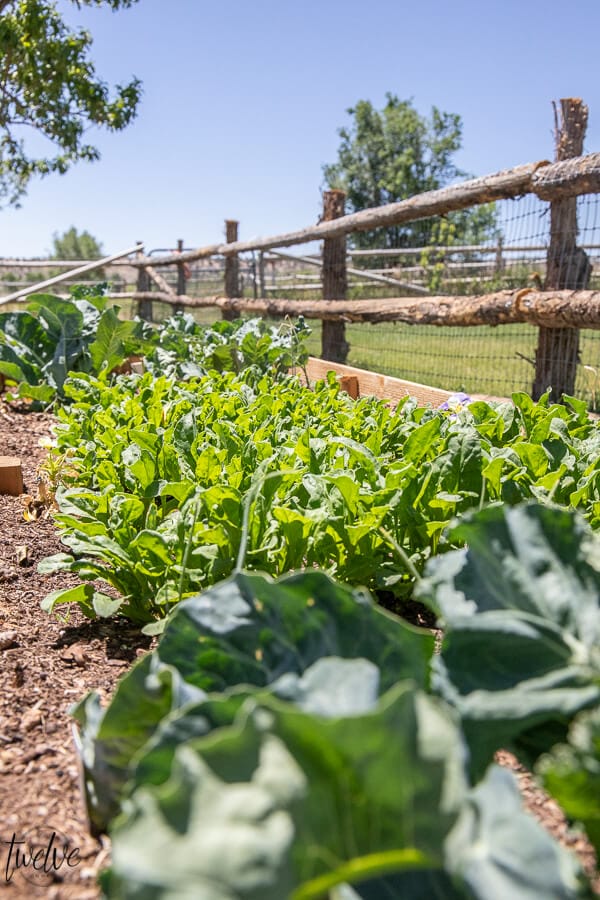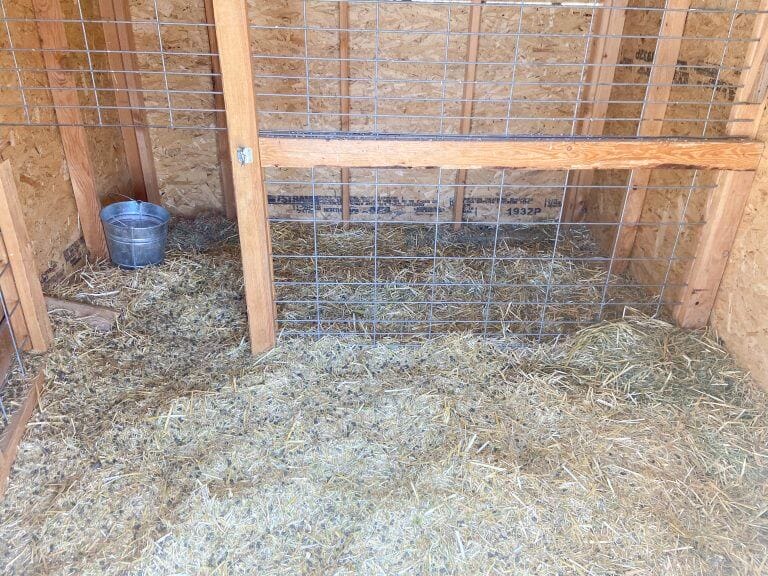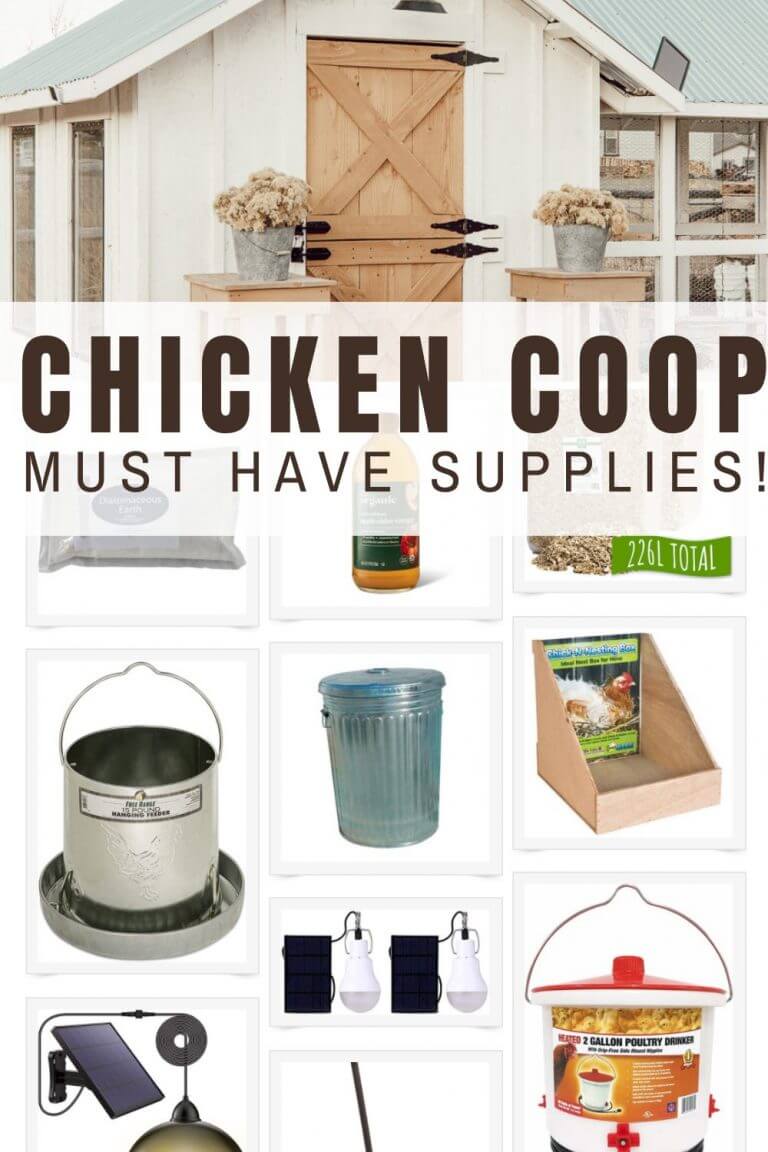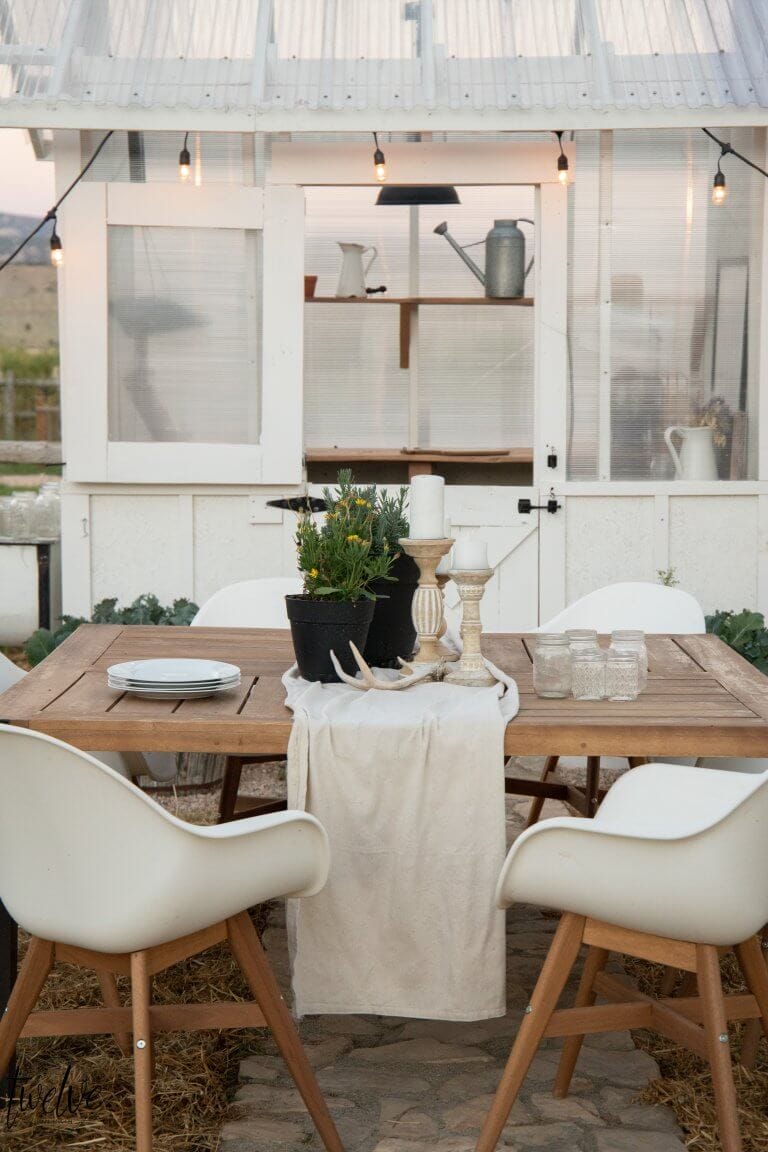How to Garden in Grow Bags for Potatoes, Carrots and More
Happy day my friends. Today I am sharing my experience using simple grow bags to grow my potatoes and carrots. This was a new adventure for me and I have a lot to share about these simple, but effective garden essentials.

Over the years we have grown root vegetables such as potatoes, carrots, onions and beets. Potatoes in particular have always been a struggle. Our soil has a lot of clay and it makes working the soil difficult. After a summer of watering and growing vegetables it makes the soil hard and very difficult to dig through, especially if we have had a dry summer.
This is where these grow bags came into play. I needed a better option. Scratch that….I needed an easier option. I was tired of trying to dig through ”concrete” style dirt, and I wanted an option that I could use during the season at any time.
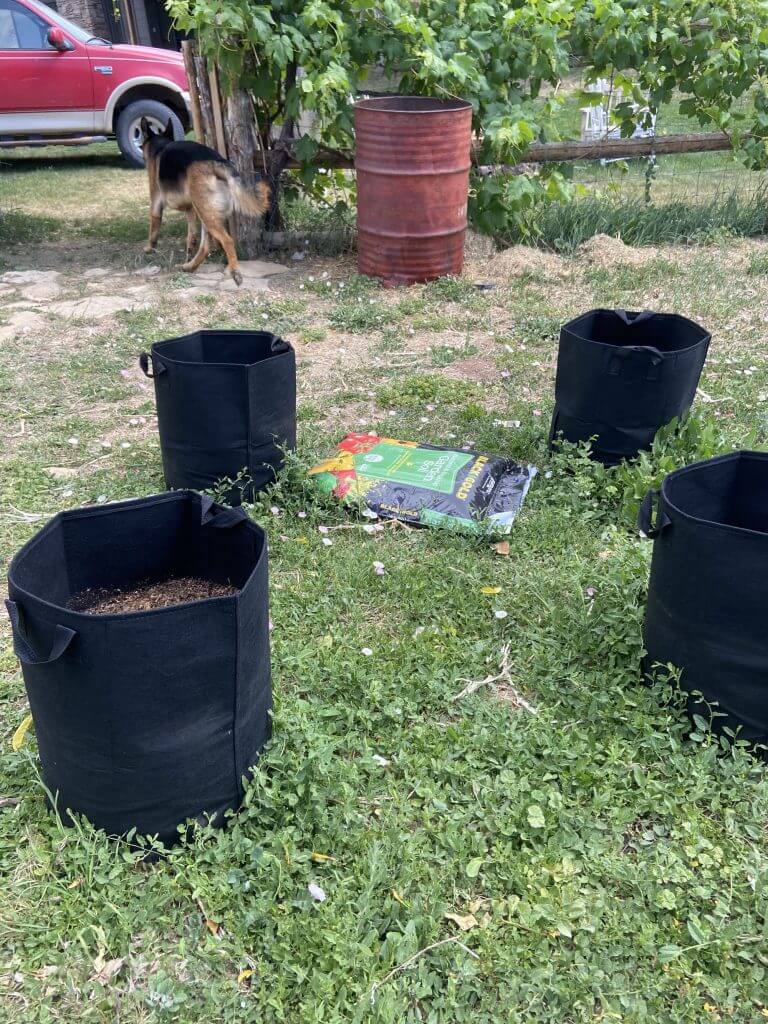
Advantages to Using Grow Bags
- Grow bags are an affordable option to use in your garden.
- Growing bags have great drainage, are often made of a thick felt fabric which allows for proper drainage. They often have handles as well for easy transportation.
- They are easily reusable and be stored away every winter and do not take up as much space as plastic pots.
- Minimized the amount of weeds, since you have a small area to water and grow vegetables.
- You cant really overwater your potatoes, since the bags drain quite well. One year our garden flooded and because of our clay soil, the ground did not drain fast enough and it ruined our entire crop of potatoes.
- The flaps on the side make it easy to see the growth of your root veggies.
- You can use these grow bags for any other vegetables including tomatoes, sweet potatoes, peppers, lettuce, onions, cucumbers, herbs and more.
- It provides an easy way to change out your garden every year, without committing to one spot. The bags can be moved depending on lighting, weather and more.
- You do not have to tear up the ground, or till anything. You can grown directly on top of the area you want. If you choose to grow them on a concrete pad, remember they will drain and can leave water stains.
Grow Bag Cons
- You may need more frequent watering because of the small growing area. They do tend to dry out a bit faster than direct ground watering.
- You are limited to the amount of veggies (potatoes and more) that you can grow because of the smaller containers. They are about 10 gallon sized bags. Our potato crop os smaller but it consistent. I would rather have a smaller crop that we can actually enjoy, than to lose our entire crop to floods, weather or animals.
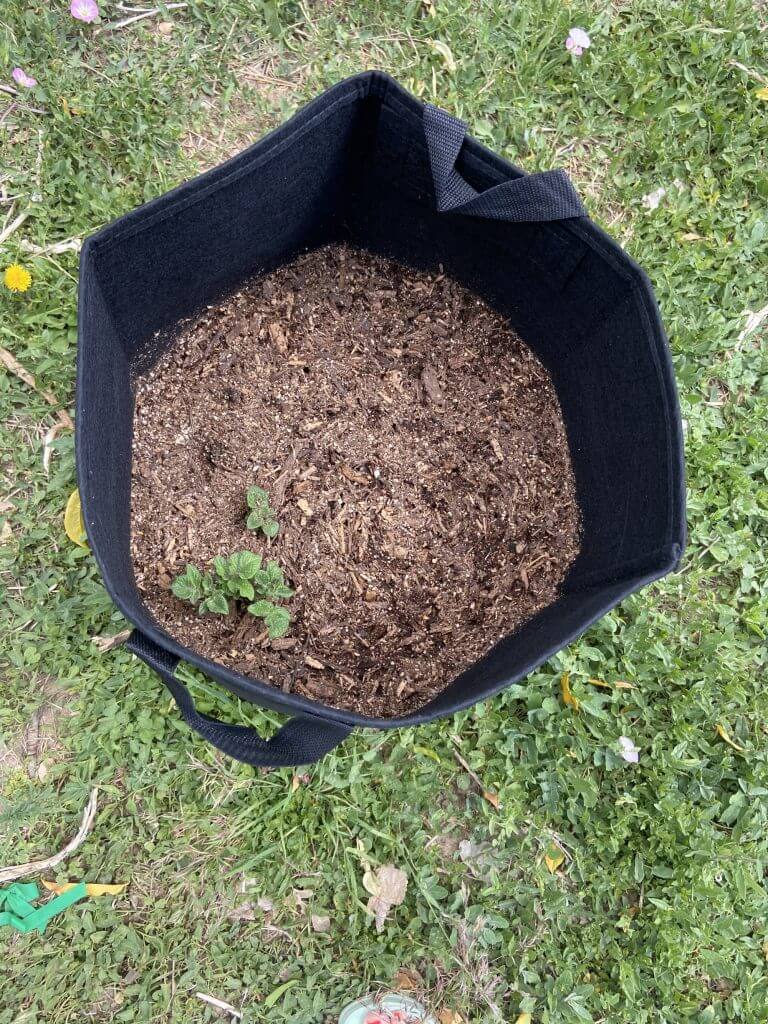

FAQs about grow bags
How to use grow bags in your garden:
For me, I like to use my grow bags for veggies such as potatoes and carrots. I feel that the soil is softer and more forgiving and allows the vegetables to grow without limit from the soil.
First choose a location for your grow bag garden:
Choose the ideal place for your grow bags. Ideally for vegetables you want a place with full sun. Some veggies such as lettuce likes a bit of shade.
Second fill your grow bags with garden soil:
It is important to have a good soil to use. I like to use a combination of sand, organic soil, compost and some pearlite. I find that my potatoes grow really well in this environment.
Third, plant your root vegetables or other plants:
Choose your plants and get them planted. If planting potatoes, make sure to cut them and let them dry for about 1 day. Also make sure each potato piece has at least one eye on it. Start by planting adding a layer of soil, then a layer of potato starts, followed by another layer of soil, which is then followed by more potato starts. You will want to do this a couple of times so that you have plenty of starts to grow potatoes from.
You do not need to fill the soil to the top, instead you can add soil slowly as the plants begin to emerge.
Fourth, water and fertilize according to their needs:
Water your plants according to their needs and make sure to fertilize. I have never had issues with overwatering, fungus, or mold in my grow bags. They have great drainage.
Fifth, harvest your vegetables:
Once the veggies have matured, it’s time to harvest! If you are planting potatoes or other root vegetables, the easiest way to harvest them is to dump the grow bags upside down and empty them. You can them easily find the potatoes in the pile of dirt. Other vegetable crops can be harvested the way you need to.
Sixth, empty the bags of soil and store them away while not in use:
If you want to be able to reuse your grow bags, make sure to store them aways where it is nice and dry. Storage is key to being able to reuse these. If they are left outside they will get sun rot.
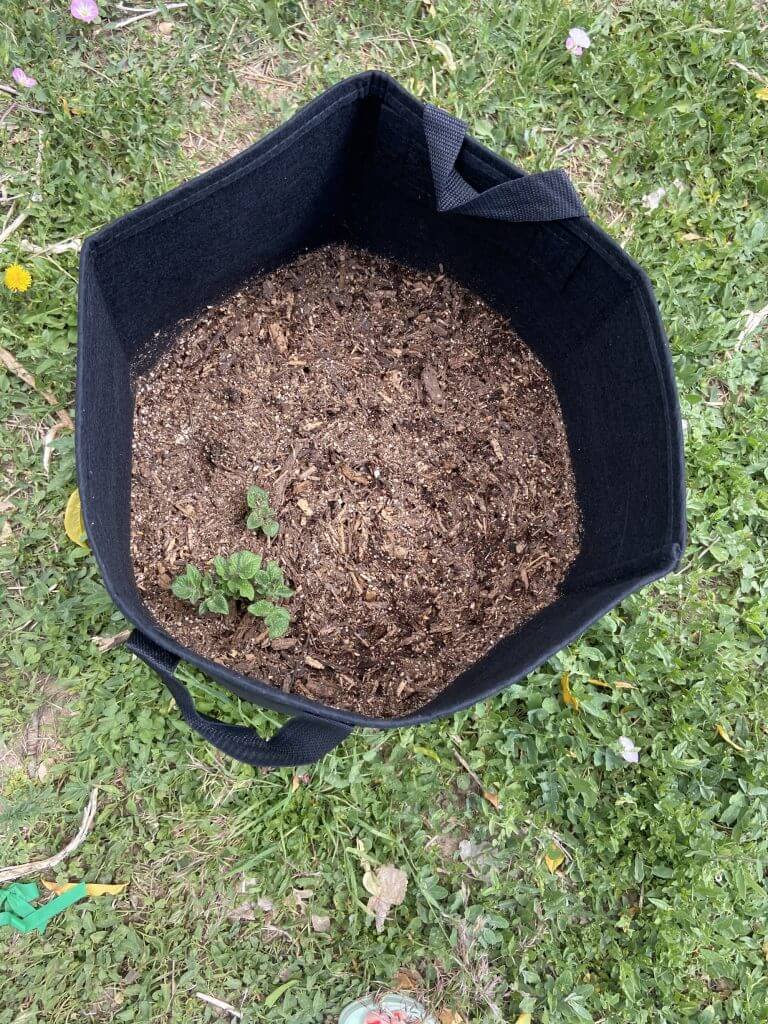
You can see here that I did not fill my grow bag to the top. As the potato plants begin to emerge, you will be able to add more soil, until you reach the top of the bag. This allows the plant to send out shoots to grow more potatoes.
